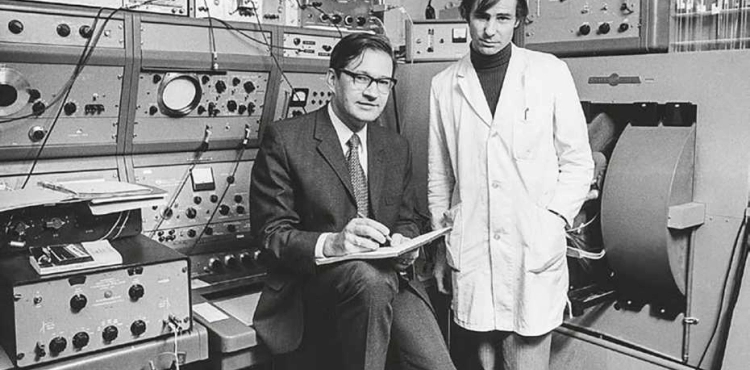The Swiss Richard Ernst, considered one of the developers of nuclear magnetic resonance imaging (MRI) and the 1991 Nobel Prize winner for chemistry, has passed away at the age of 87, the Swiss Federal Institute of Technology in Zurich said Tuesday.
Professor Ernst died Friday in Winterthur in the canton of Zurich, the city in which he was born on August 14, 1933.
The former professor at the Swiss Federal Institute of Technology had been living since the beginning of last year in a nursing home in his hometown.
The Royal Swedish Academy of Sciences awarded the Swiss professor the Nobel Prize in Chemistry for achieving “a significant development in the methodology of nuclear magnetic resonance (NMR) spectroscopy” that enabled the innovation of magnetic resonance imaging, which has become an essential tool in modern medicine.
On the day when the award was announced, Professor Ernst said during a statement in New York upon his arrival from Moscow that “the use of this technique allows investigation of almost everything, by which it is possible to examine the human body (…) and physiological processes, and it can be used in many medical applications. . On the other hand, it is possible to analyze molecules, their shape, their dynamics, and how different molecules move and interact together.”
He stressed that he was not "the only one" who had made a contribution to the field of nuclear magnetic resonance.
Nuclear magnetic resonance is a spectroscopic technique applied to specific atomic nuclei (particularly hydrogen and proton nuclei that are present in large numbers in living organisms) and have the property of behaving like small magnets.
When these particles are present in a magnetic field of a specific frequency, called the resonance frequency, they are manifested by measurable electromagnetic effects.
The discovery of nuclear magnetic resonance dates back to 1945 thanks to the Swiss Felix Bloch and the American Edward Mills Purcell, both of whom were working in the United States, and for this discovery they were awarded the Nobel Prize for Physics in 1952.
However, one of the main difficulties in the beginning was the poor sensitivity of this method.
In 1966, Richard Ernst, in cooperation with the American Weston Anderson, succeeded in enhancing the sensitivity of this technique by exposing the sample to short and intense pulses of radio frequencies.
But nuclear magnetic resonance did not become a tool for the detailed study of molecular structures in the fields of physics, chemistry and biology until the early 1970s, after the development of superconducting magnets capable of producing sufficiently strong magnetic fields.
The first "NMR" image for medical purposes was announced in 1973.
Richard Ernst, 1991 Nobel laureate in chemistry, dies












